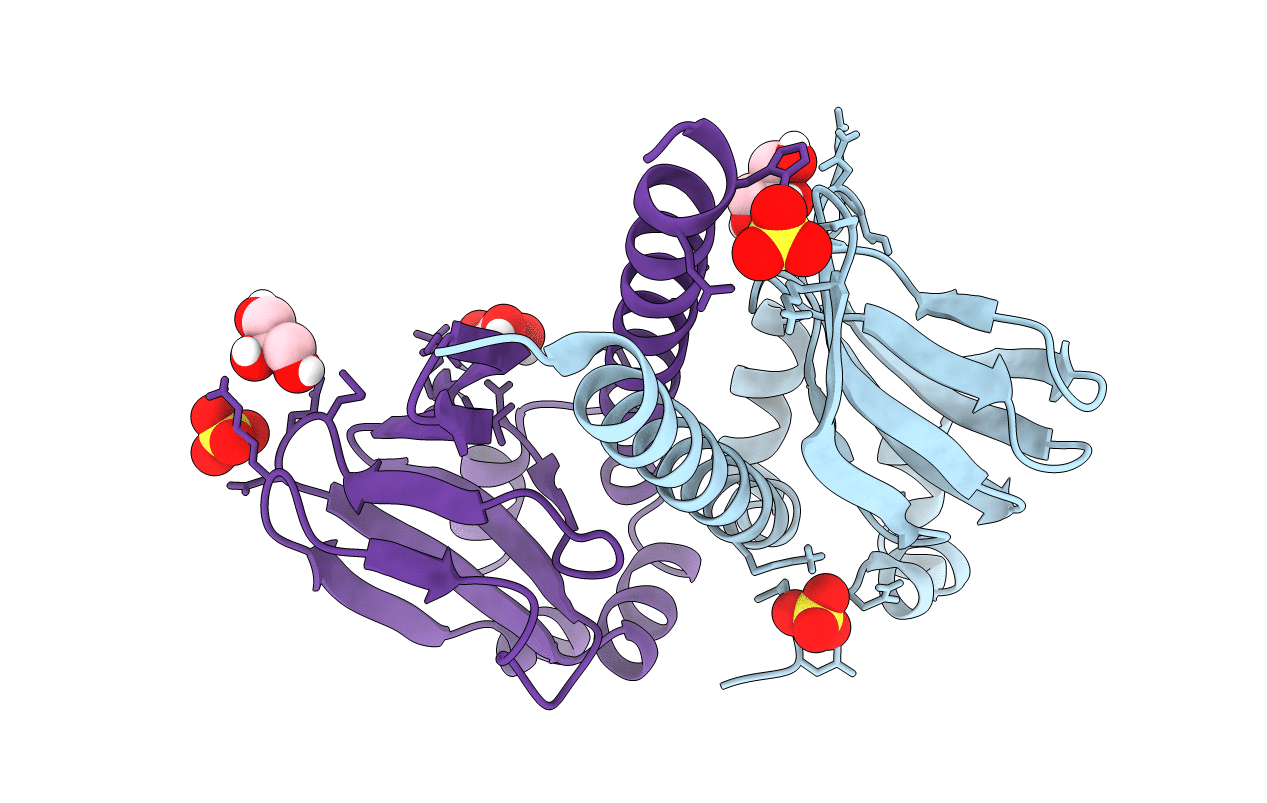
Deposition Date
2018-03-13
Release Date
2018-05-16
Last Version Date
2023-10-04
Entry Detail
PDB ID:
6CPB
Keywords:
Title:
Crystal structure of the heme domain of CooA from Carboxydothermus hydrogenoformans
Biological Source:
Source Organism:
Carboxydothermus hydrogenoformans (Taxon ID: 129958)
Host Organism:
Method Details:
Experimental Method:
Resolution:
1.16 Å
R-Value Free:
0.14
R-Value Work:
0.12
R-Value Observed:
0.12
Space Group:
P 21 21 21


